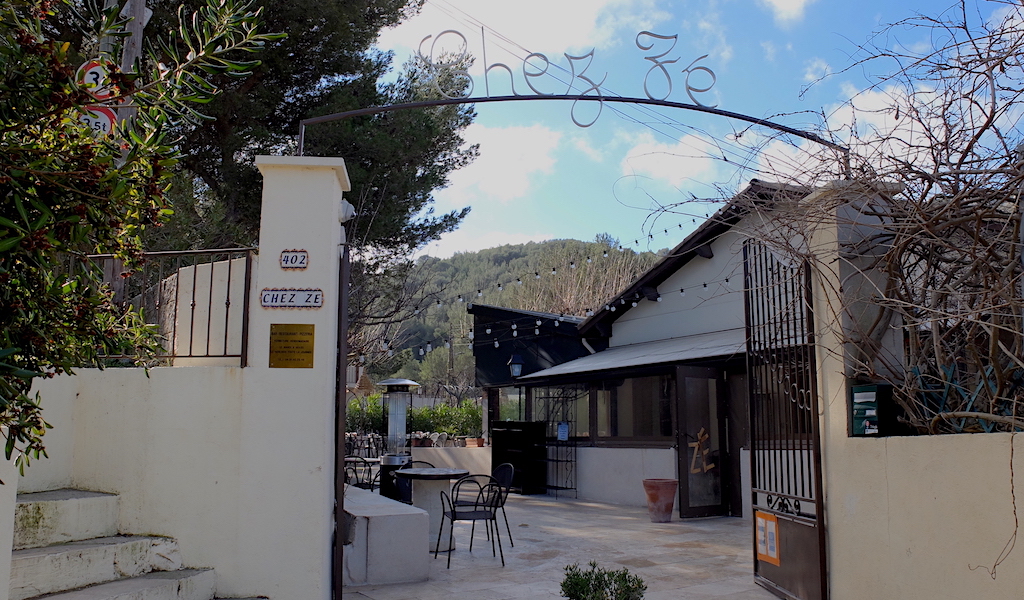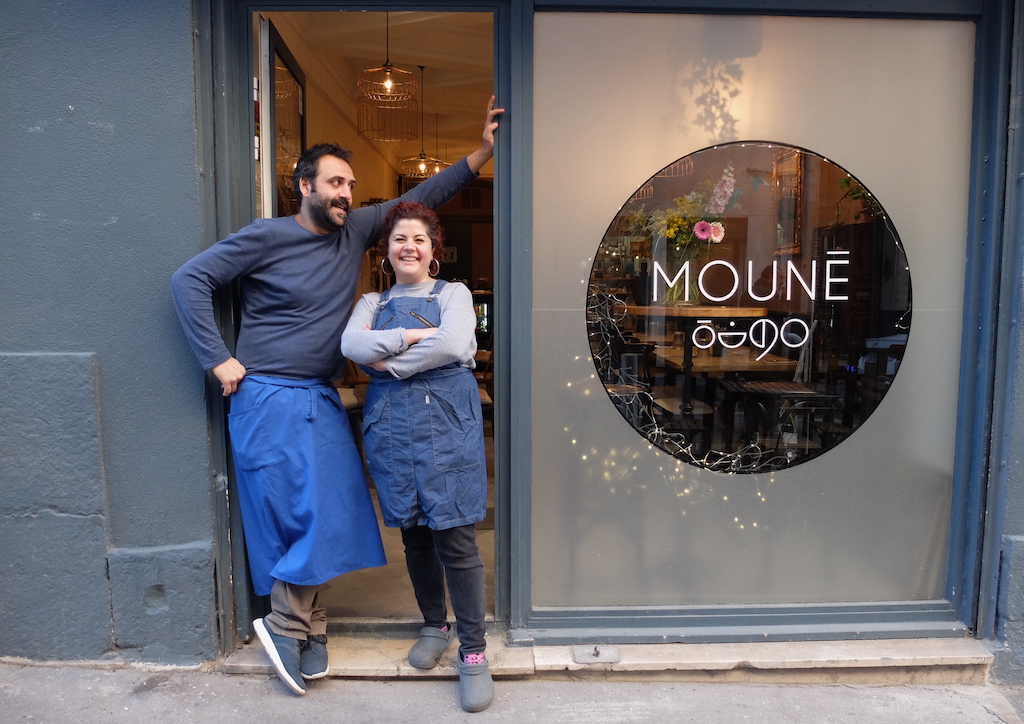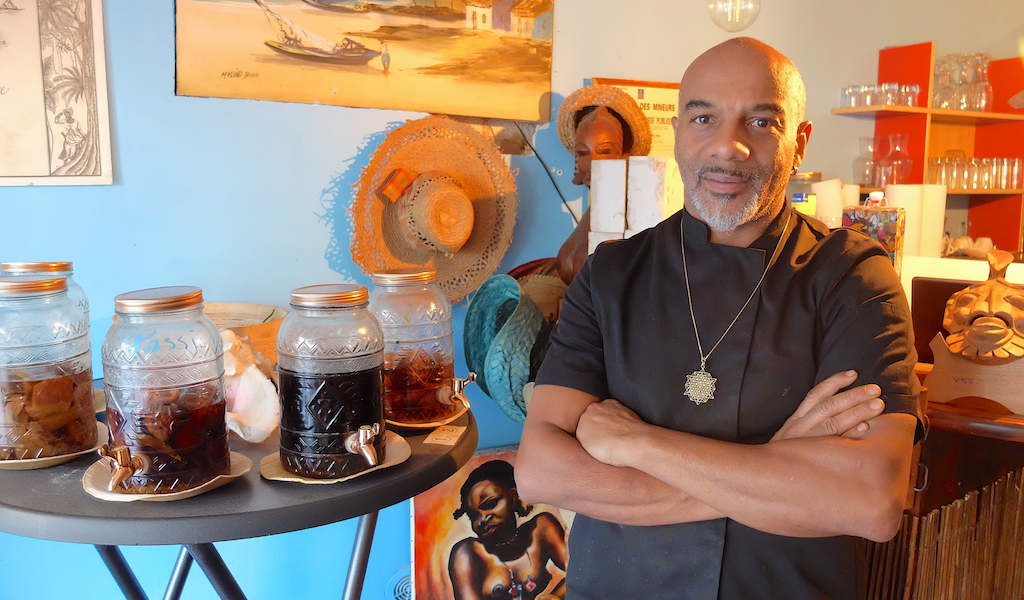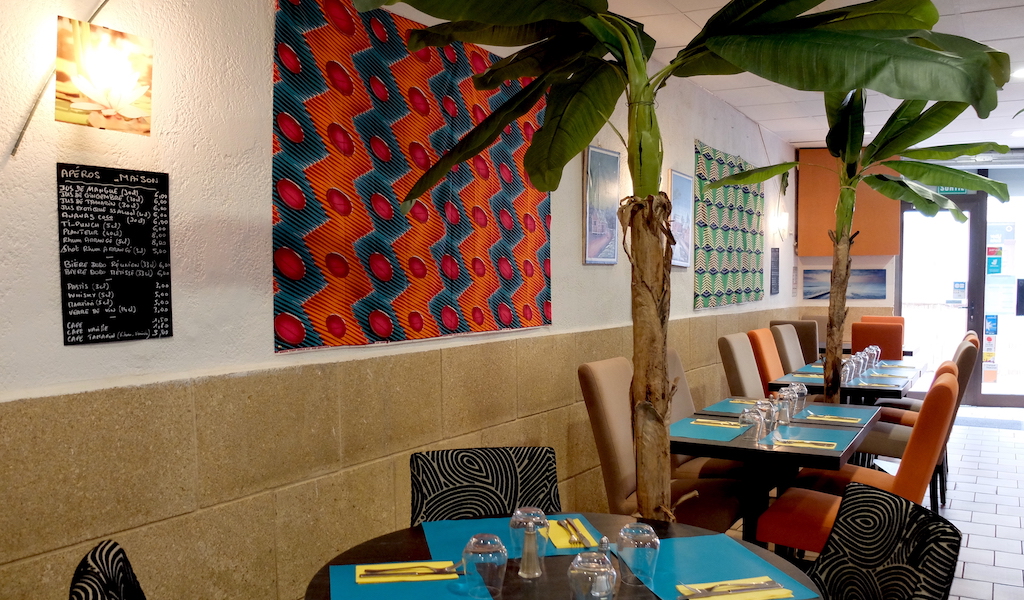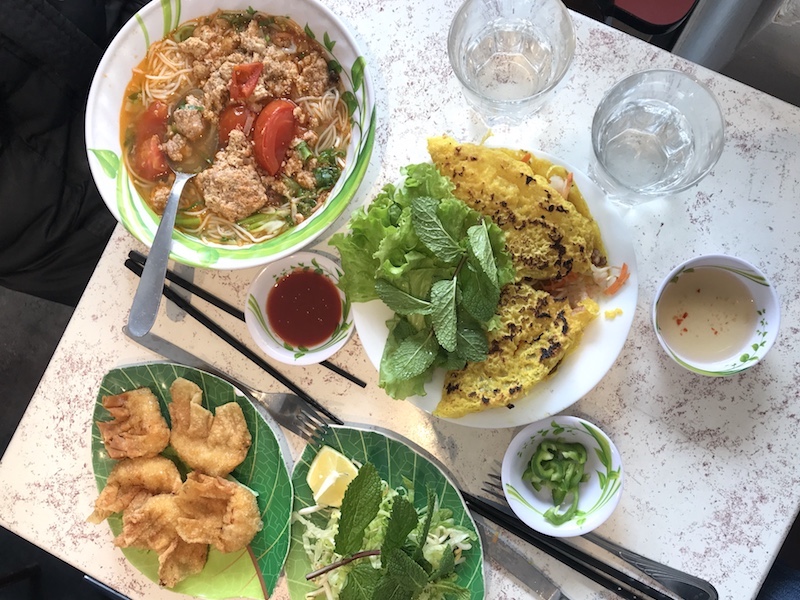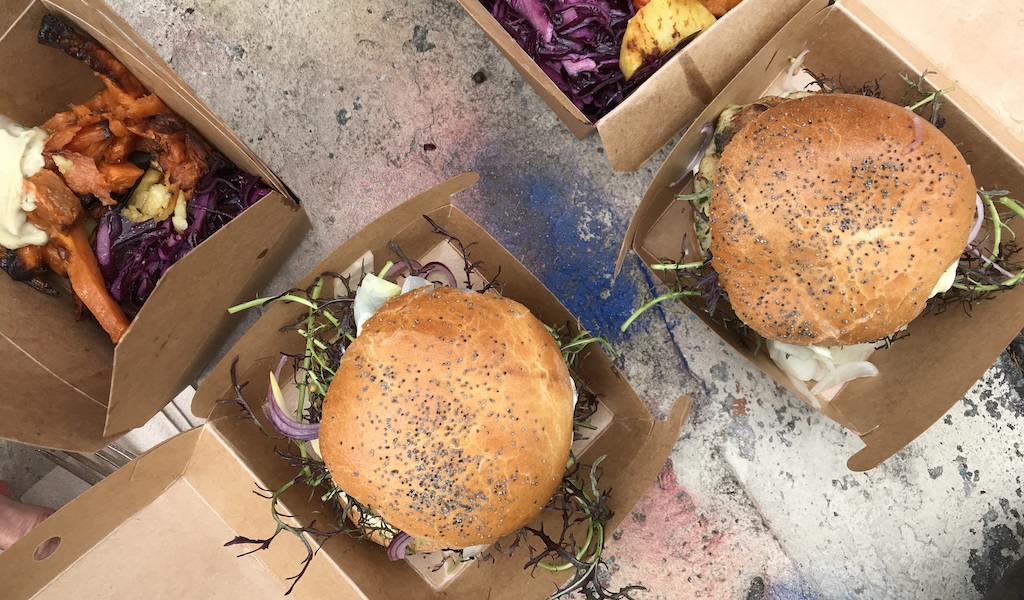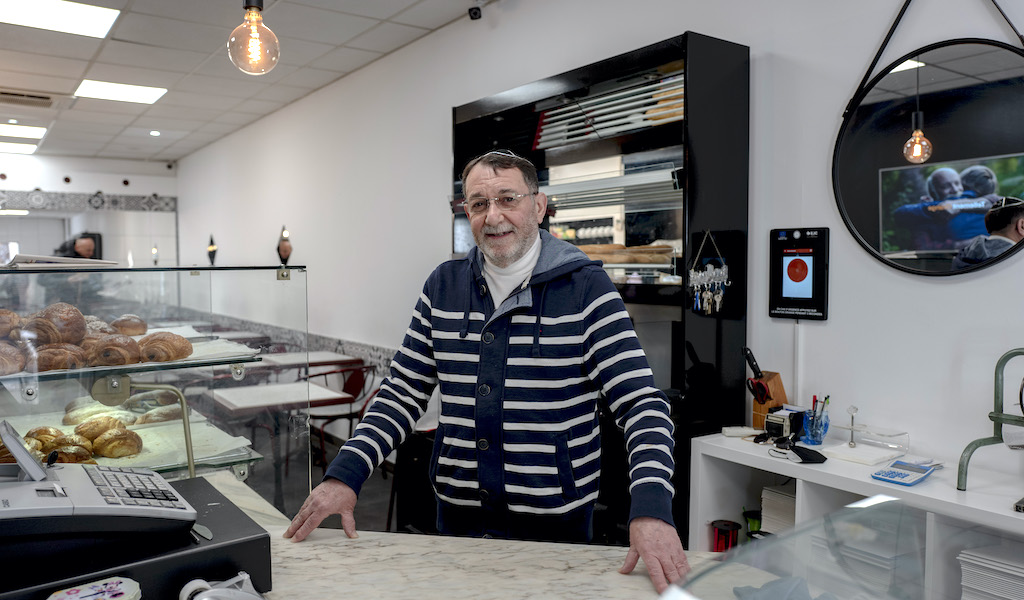We can't find the internet
Attempting to reconnect
Something went wrong!
Hang in there while we get back on track
Search results for "Alexis Steinman"
Marseille
Chez Zé: Pizza on the Edge of Town
Mention “Les Baumettes” to a Marseillais and many immediately think of the prison that shares the name. Since the 1940s, this peripheral neighborhood has housed the city’s biggest penitentiary, where Marseille’s most notorious gangsters and French Connection collaborators did time. The prison is also infamous for France’s last execution by guillotine – shockingly recent, in 1977. For hikers and rock-climbers, on the other hand, Les Baumettes (whose name means “little grotto” in Occitan) is a gateway to the limestone fjords in the Calanques National Park. For Marseillais in the know, that entrance hides a unique place that is at once an eatery, escape and a voyage back in time.
Read moreMarseille
Mouné: Preserving Lebanon in Marseille
Our first meal at this Lebanese restaurant earned it a spot on our Best Bites of 2019. We were smitten with the food, particularly the mousakhan, sumac-coated chicken. Yet, when the smiling owner, Serje Banna, gave us a tiny foil packet of sumac to bring home, we were touched by his passion to share beyond the plate. During our next visit, after we asked about the bottle of arak behind the bar, he wasted no time pouring us a taste of the anise-based spirit. When his wife, Najla Chami, brought out our order of mahshi selek, she pointed out that Lebanese cooks can swap grape vine leaves with swiss chard. For at Mouné, every meal comes with a lesson in Lebanese cuisine.
Read moreMarseille
Kaz Kreol: The Island Hopper
If Noailles is known as the “belly of Marseille” for its fragrant food stalls, street food and markets, its neighbor Cours Julien is where locals fill their bellies sitting down. The street-art-splashed buildings house a smorgasbord of restaurants from every corner of the world, including the Ivory Coast, India, Palestine and Peru. Those on the tree-lined cours (avenue) for which the quarter is named get most attention thanks to their lively patios. Yet, there is gastronomic gold to be found on the side streets. We must have passed by Kaz Kreol a dozen times. Sandwiched between snack bars on the climb to Cours Julien, we had assumed it was another fast-food joint.
Read moreMarseille
Le Tamarin: Créole Crossroads
Just as Marseille’s Mediterranean port has welcomed people from across the globe for centuries, Île de Réunion’s plum location in the Indian Ocean has made the island a crossroads for many cultures. Each one has tossed their ingredients into the melting pot of island cuisine. The island’s first colonists, the French, brought their technique for daube (stews) in the 17th century. During the burgeoning coffee trade, enslaved Malagache (people from Madagascar) brought ginger and chilis from their much-larger island just to the west. In the mid-1800s, Indians working on sugar plantations brought a myriad of spices: masala, turmeric and cinnamon, to name a few. At the turn of the 20th century, the Chinese brought with them soy, oyster and fish sauces as well as frying techniques.
Read moreMarseille
Nguyen-Hoang: A Vietnamese Family Affair
After the Vietnamese War, many of the refugees bound for France landed in Paris. A minority spread out to other French cities like Toulouse, Lyon and Marseille, the latter being a ville refuge (refuge city) due to its bustling port. The small community in Marseille used to be concentrated near Joliette, before its building boom. But now they’re scattered across the city, taking their cuisine with them. No matter, for we know exactly where to go whenever we’ve got a hankering for Vietnamese: We join the line of people waiting for a bowl of pho outside Nguyen-Hoang.
Read moreMarseille
Best Bites 2021: Marseille
For the first five months of 2021, eating out in Marseille was limited to takeout due to France’s strict Covid-19 measures. Some chefs managed to make magic in to-go boxes. Others became sandwich maestros – including 3-Michelin-starred chef Alexandria Mazzia, who launched a food truck with croque-monsieurs. When we craved company, we’d bring an oh-so-Marseille anchovy pizza and a bottle of rosé to the beach for a convivial picnic. On May 19, restaurants were finally permitted to offer outdoor dining. Resuscitated, Marseille felt like one big alfresco party, with temporary terrasses sprouting in parking spaces, abandoned alleys, even staircases. After the full opening on June 9, the city exploded.
Read moreMarseille
Patisserie Avyel: The Kosher Connection
Around this time of year, the smell of dough frying fills the air on a side street off Marseille’s busy Rue de Rome. The source of the enticing scent is Patisserie Avyel, a small kosher bakery and salon de thé in the midst of preparing for Hanukkah, which in 2020 begins on the evening of December 10. For Hanukkah, the Festival of Lights, Jews often make fried treats to commemorate the miraculous oil that kept a lamp burning for eight days instead of one in the rededicated Temple in Jerusalem some 2,200 years ago. Latkes – potato pancakes – might be the best-known Hanukkah food, but frying up dough is another popular tradition, with these holiday “doughnuts” varying by geography.
Read more